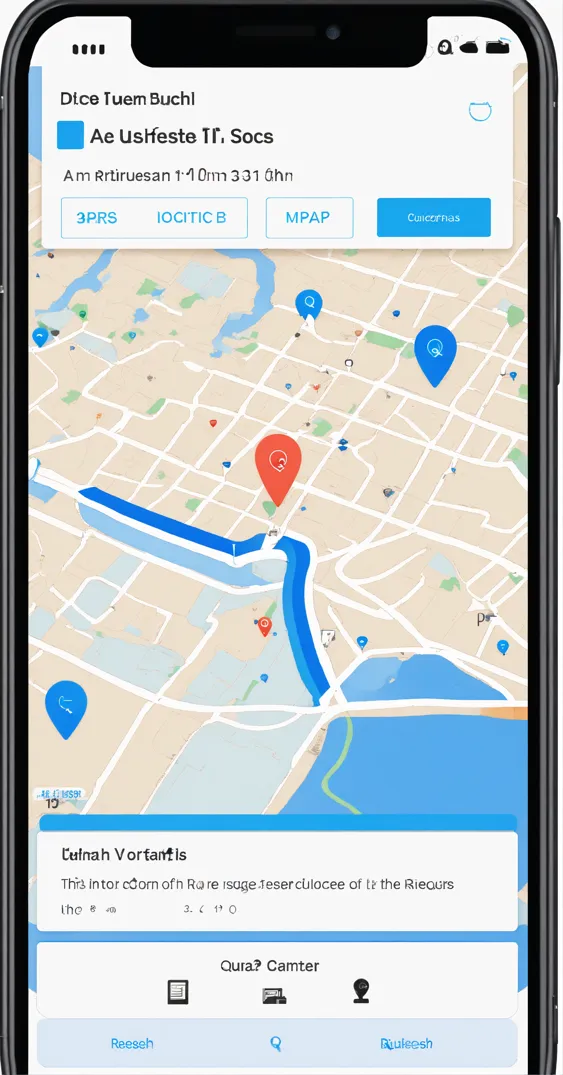SPOT Trace Satellite Tracking Device
페이지 정보
작성자 Kacey Talarico 작성일 25-09-24 17:33 조회 2 댓글 0본문


Most researchers working in VR say that true digital environments give the user a sense of immersion. Since it is easy to get distracted and lose your sense of immersion when looking at a primary laptop display screen, most VR systems rely on a more elaborate show system. Other basic units, like a keyboard, mouse, joystick or controller wand, are sometimes part of VR methods. In this text, we'll look at the various kinds of VR gear and their advantages and disadvantages. We'll begin with head-mounted displays. Most HMDs are mounted in a helmet or a set of goggles. Engineers designed head-mounted displays to make sure that regardless of in what course a person might look, a monitor would keep in front of his eyes. Most HMDs have a display screen for every eye, which provides the user the sense that the photographs he is looking at have depth. The screens in an HMD are most frequently Liquid Cystal Displays (LCD), although you might come across older fashions that use Cathode Ray Tube (CRT) shows.
LCD monitors are more compact, lightweight, efficient and inexpensive than CRT shows. The two major ItagPro advantages CRT displays have over LCDs are screen decision and brightness. Unfortunately, CRT displays are usually bulky and heavy. Almost each HMD using them is either uncomfortable to put on or requires a suspension mechanism to assist offset the burden. Suspension mechanisms restrict a person's movement, which in turn can affect his sense of immersion. There are various reasons engineers not often use these show applied sciences in HMDs. Most of these technologies have restricted resolution and brightness. Several are unable to supply something apart from a monochromatic image. Some, just like the VRD and plasma display applied sciences, would possibly work very well in an HMD however are prohibitively expensive. Many head-mounted shows include audio system or headphones in order that it may well provide both video and audio output. Almost all refined HMDs are tethered to the VR system's CPU by one or ItagPro more cables -- wireless programs lack the response time essential to keep away from lag or latency issues.
HMDs almost always embody a tracking device in order that the point of view displayed in the screens changes as the user moves his head. Some techniques use a special set of glasses or goggles along side different display hardware. In the next part, we'll take a look at such a system -- the CAVE display. Ivan Sutherland, a scientist widely thought of to be the father of digital reality, described the ultimate pc display apparatus in 1965. He wrote that it could consist of a room the place a pc managed the existence of matter. The computer would have the ability to create virtual objects that, to a user inside the room, appeared to be real, ItagPro strong matter. The writers of "Star Trek: The next Generation" borrowed this concept and known as it the Holodeck. It's known as the CAVE system, which stands for Cave Automatic Virtual Environment. A CAVE is a small room or ItagPro cubicle the place not less than three walls (and sometimes the floor and ceiling) act as big screens.
- 이전글 The 10 Scariest Things About Wooden French Doors
- 다음글 Is Exercise Bike Sale As Important As Everyone Says?
댓글목록 0
등록된 댓글이 없습니다.
